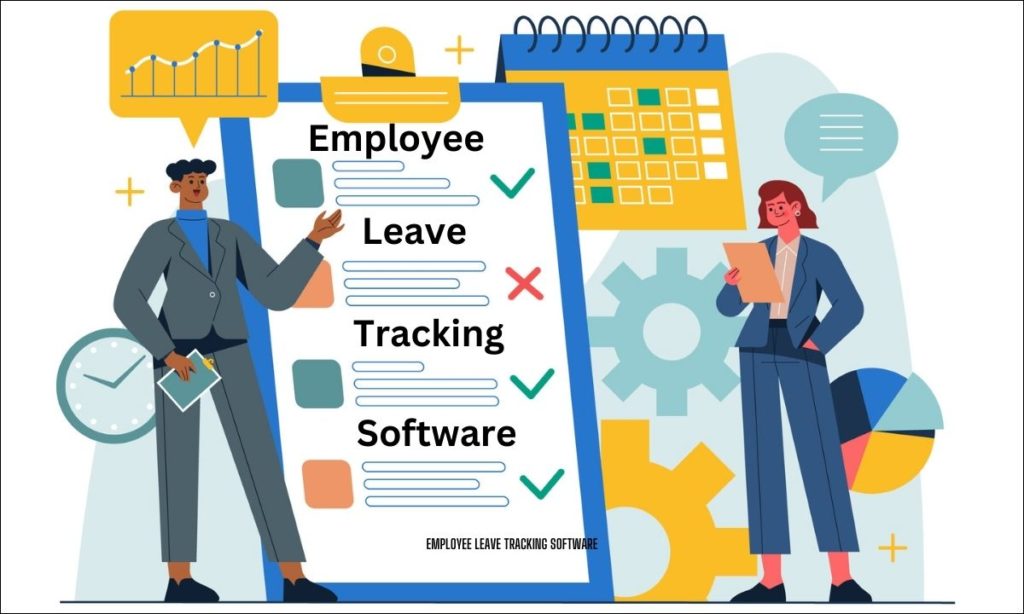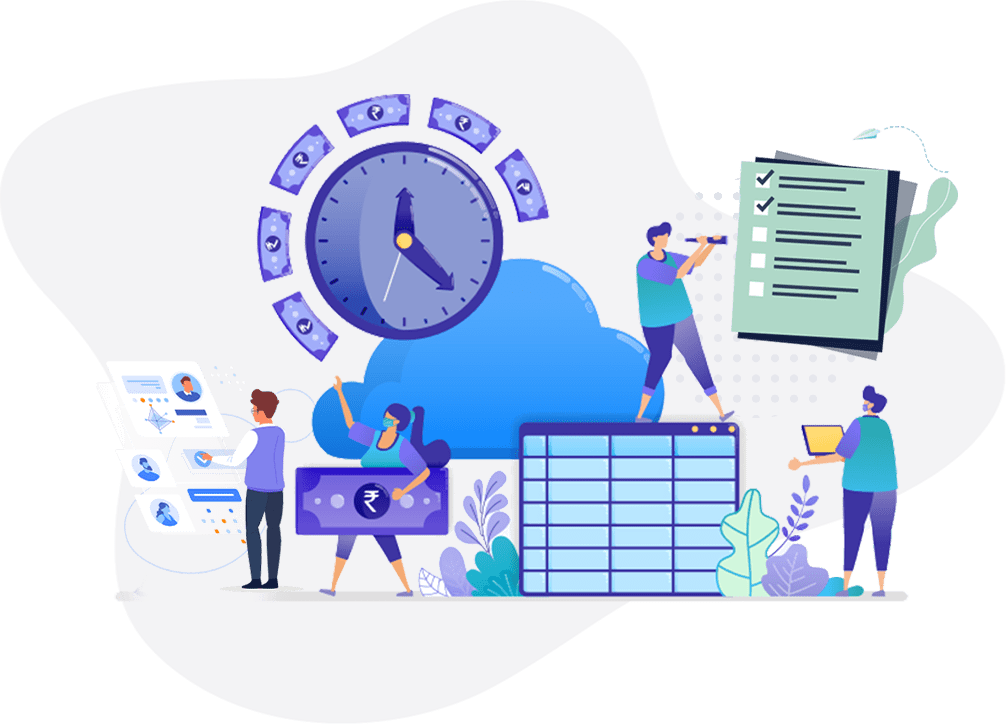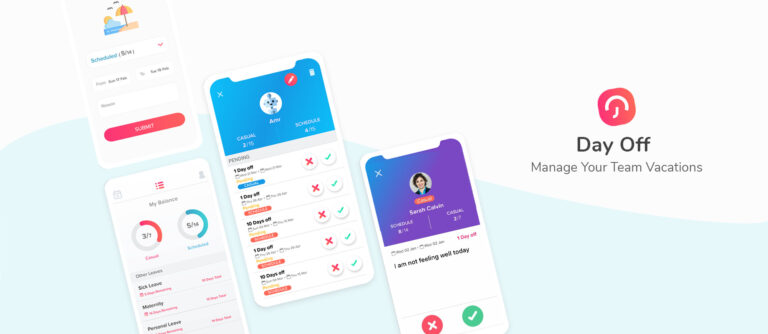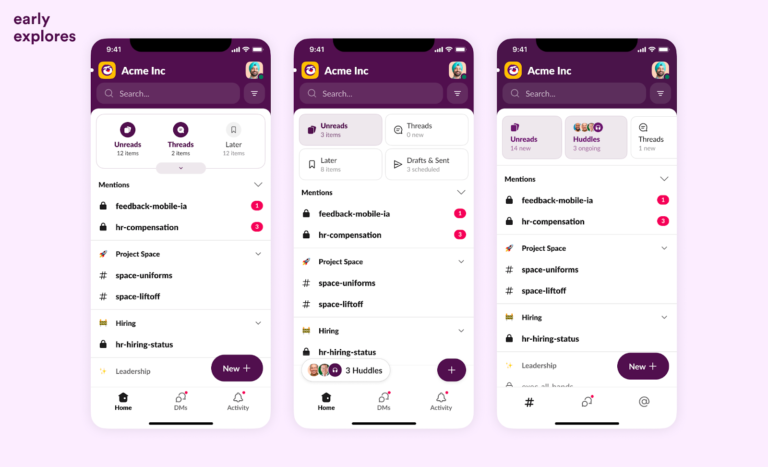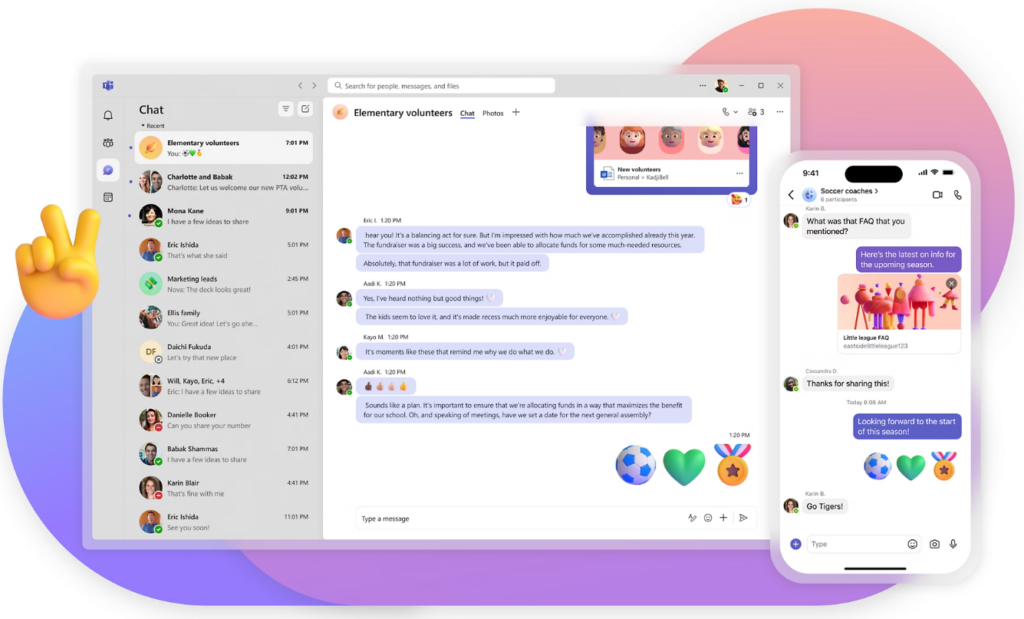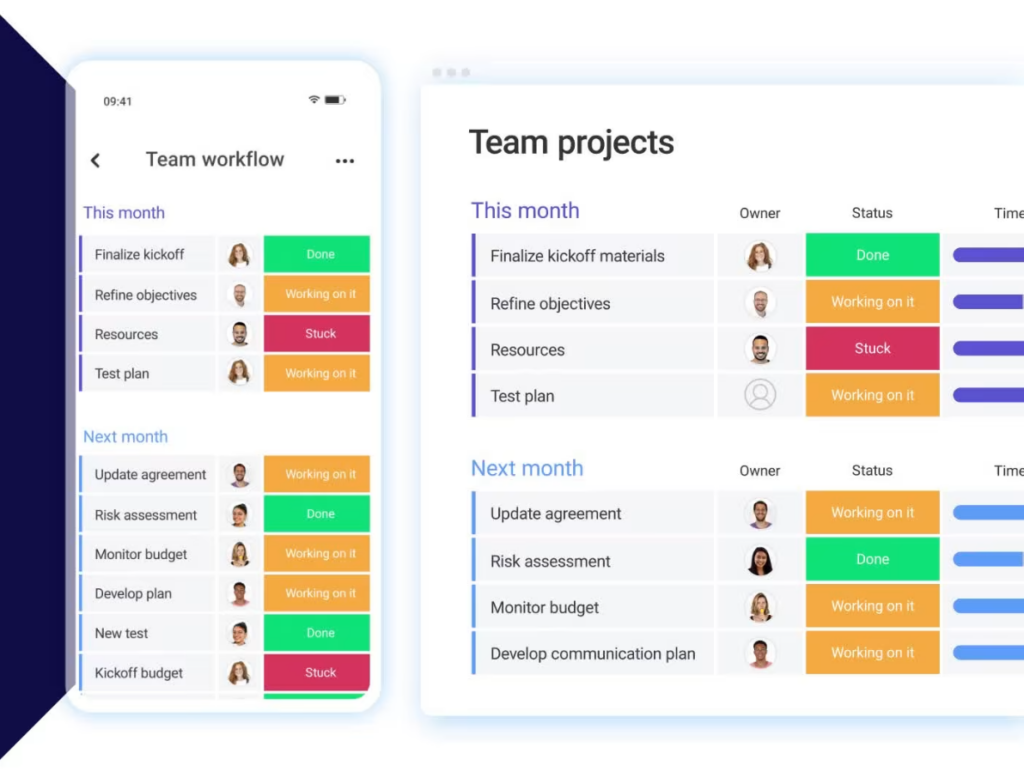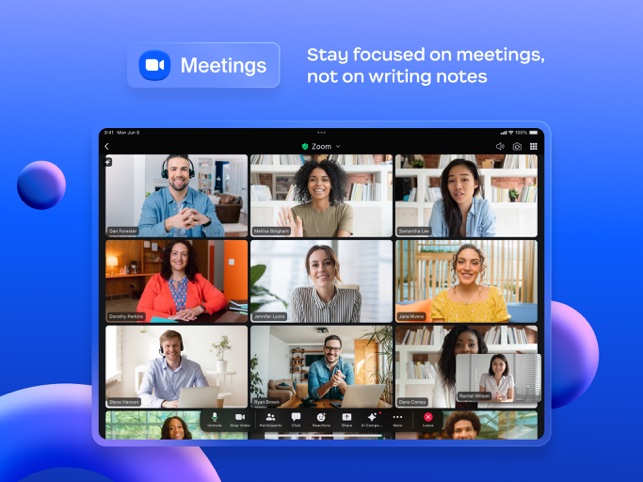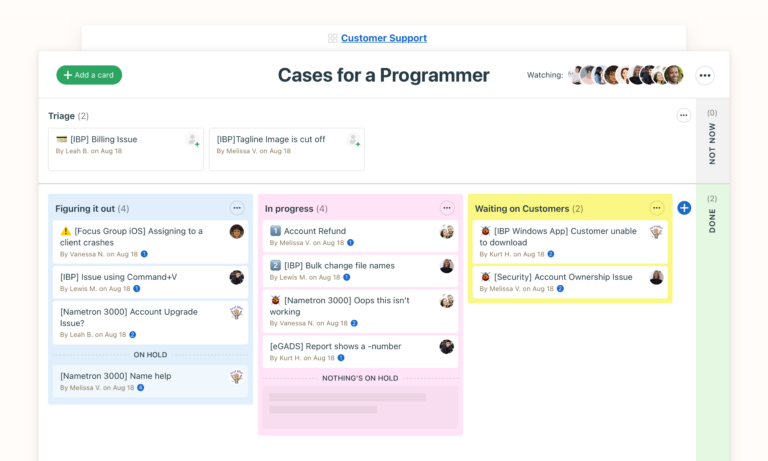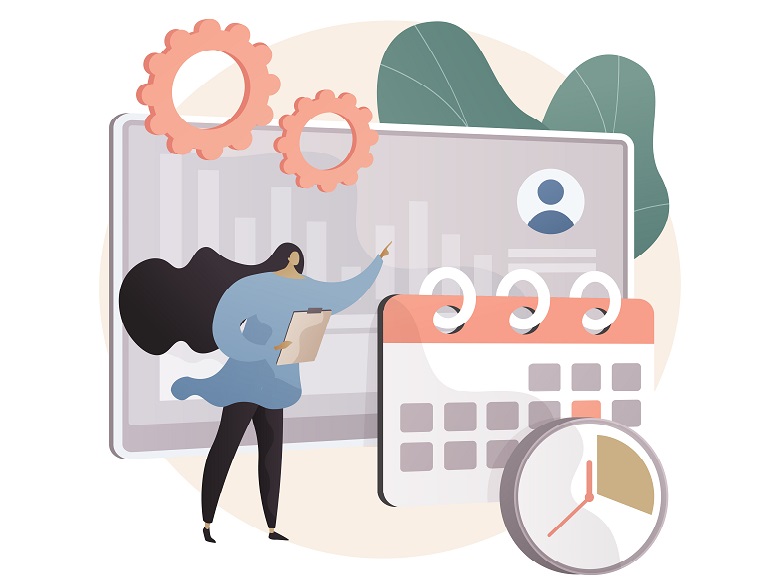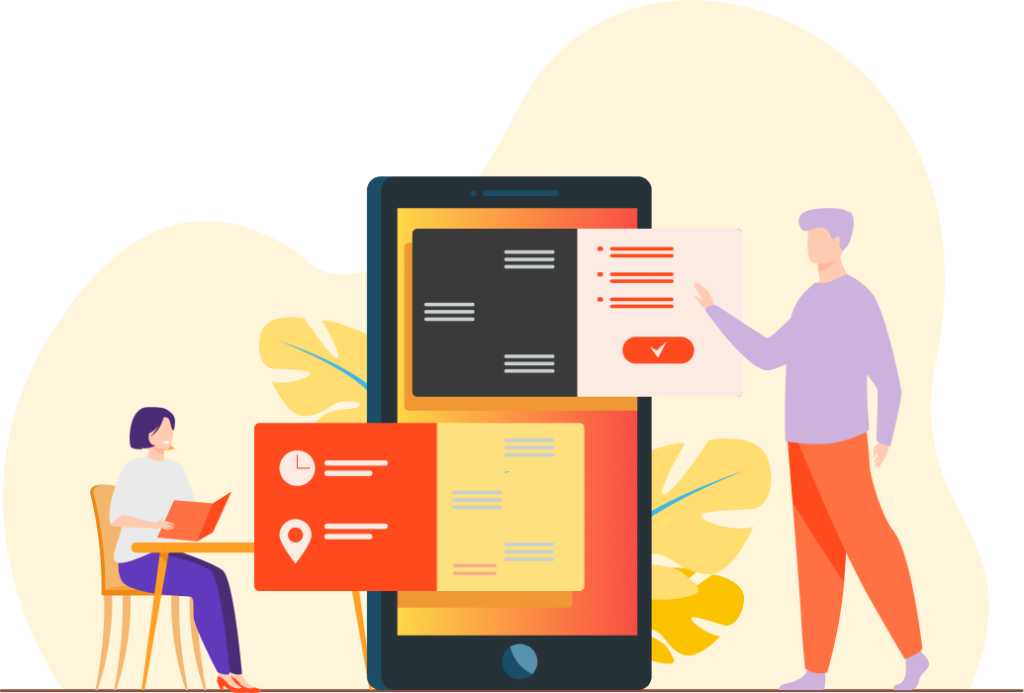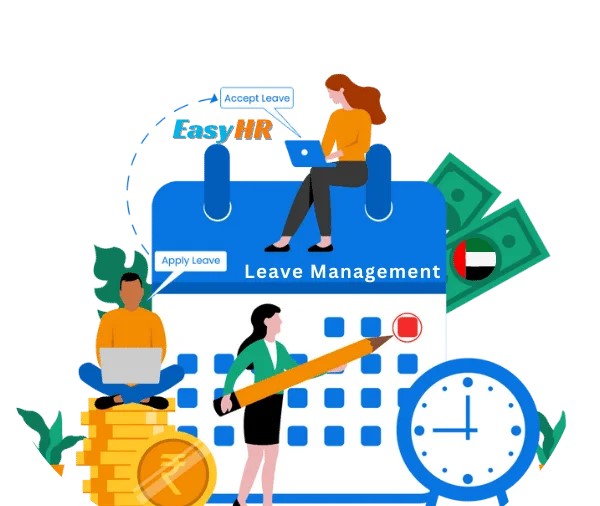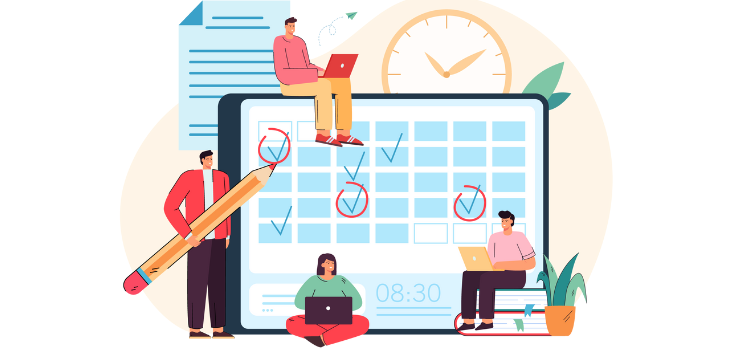1. Streamlining Time Off Requests and Approvals
Handling time off requests manually often leads to inefficiencies, errors, and delays. Time off management software revolutionizes this process by automating workflows and providing a seamless interface for employees and managers.
How It Works:
- Employees can submit leave requests online or via mobile apps.
- Managers receive instant notifications to approve, reject, or modify requests.
- The system automatically checks for conflicts, such as overlapping leave among team members.
Why It’s Essential:
- Prevents miscommunications and ensures transparency.
- Speeds up the approval process with automated workflows.
- Reduces administrative overhead for HR teams, allowing them to focus on strategic tasks.
2. Empowering Employees with Self-Service Tools
In today’s fast-paced work environment, employees value tools that give them autonomy. Time off management software provides self-service portals where employees can:
- View their leave balances in real-time.
- Check team calendars to plan leave without disrupting workflows.
- Receive instant updates on the status of their requests.
The Result:
- Improved employee satisfaction and morale.
- A reduction in HR queries about leave balances or policies.
- Enhanced trust between employees and management due to greater transparency.
3. Ensuring Compliance with Evolving Labor Laws
The legal landscape for paid time off (PTO), sick leave, and family leave is becoming more complex every year. Non-compliance can lead to lawsuits, fines, and reputational damage. Time off management software helps HR teams navigate these complexities by:
- Automatically updating leave policies based on the latest labor laws.
- Customizing leave rules to match jurisdiction-specific requirements.
- Providing detailed audit trails for legal or compliance reviews.
Key Features for Compliance:
- Configurable rules for different locations, departments, and employee types.
- Detailed reports and logs for tracking leave usage and policy adherence.
- Alerts for potential policy violations or upcoming regulatory changes.
4. Enhancing Workforce Planning and Productivity
When employees take time off, businesses need to ensure continuity without overburdening the remaining team members. Time off management software enables HR teams and managers to:
- Visualize Team Availability: Dynamic calendars show who’s on leave and who’s available.
- Plan Ahead: Managers can allocate resources effectively by predicting peak leave periods.
- Minimize Conflicts: Automated conflict detection ensures that critical roles are always covered.
Impact on Productivity:
- Prevents understaffing during crucial projects or busy seasons.
- Helps managers make data-driven decisions for resource allocation.
- Reduces the chances of employee burnout by ensuring adequate coverage.
5. Reducing Administrative Workload
Managing leave requests, calculating accruals, and tracking balances manually can be a time-consuming task for HR teams. Time off management software automates these processes, reducing errors and freeing up HR resources.
Time-Saving Features:
- Automatic accrual calculations based on tenure, policy, or local regulations.
- Real-time updates to leave balances after requests are approved or rejected.
- Integration with payroll systems to streamline payouts for unused leave.
The Result:
- Significant reduction in manual work for HR teams.
- Greater accuracy in leave tracking and payroll processing.
- More time for HR to focus on employee engagement and strategic initiatives.
6. Supporting Remote and Hybrid Work Models
In 2025, remote and hybrid work arrangements are more common than ever. Managing time off for distributed teams can be challenging without the right tools. Time off management software bridges this gap by:
- Offering cloud-based access for employees and managers from anywhere in the world.
- Accommodating different time zones and work schedules.
- Customizing leave policies for employees in various countries or regions.
Real-World Applications:
- A global team can coordinate vacations without disrupting workflows.
- Remote employees feel more connected with a transparent and accessible leave system.
- HR teams can track leave usage across different locations seamlessly.
7. Leveraging Data for Strategic HR Decisions
One of the most overlooked benefits of time off management software is its ability to generate actionable insights. HR teams can use this data to:
- Identify patterns in leave usage (e.g., peak vacation seasons or frequent absences).
- Detect early signs of burnout by monitoring unused PTO.
- Optimize leave policies based on employee behavior and feedback.
Advanced Analytics:
- Detailed reports on leave usage by department, location, or individual employees.
- Cost analysis of PTO, including the impact of unused leave payouts.
- Benchmarking data to compare your company’s leave policies with industry standards.
8. Integration with Google and Outlook Calendars
A key feature of modern time off management software is its ability to integrate seamlessly with popular calendar applications like Google Calendar and Microsoft Outlook. This integration ensures that employees and managers are always aware of leave schedules and team availability.
Benefits of Calendar Integration:
- Automatic Updates: Approved leave requests are automatically synced with employee calendars, reducing the risk of scheduling conflicts.
- Team Visibility: Managers can view team calendars to identify overlapping leaves or understaffing risks.
- Personal Notifications: Employees receive reminders about their upcoming leave, ensuring better planning and coordination.
Real-Life Scenarios:
- A team member requests leave for a week in December. Once approved, the leave appears in both their Google Calendar and the team’s shared calendar.
- Managers can set up alerts for critical roles to avoid scheduling conflicts during peak project deadlines.
This seamless synchronization keeps everyone informed, organized, and prepared for time off periods.
9. Adapting to Employee Expectations
Employees in 2025 expect their workplace tools to be as intuitive and efficient as the consumer apps they use daily. Time off management software meets these expectations by offering:
- Mobile apps for on-the-go access.
- Intuitive interfaces that require minimal training.
- Personalization options, such as notifications for upcoming leave or holidays.
The Result:
- Higher adoption rates among employees and managers.
- A more engaged and satisfied workforce.
- A competitive edge in attracting top talent.
10. Preparing for the Future of Work
The workplace is constantly evolving, and so are employee expectations and legal requirements. Time off management software is designed to scale and adapt, ensuring that your business remains prepared for whatever the future holds.
Future-Proof Features:
- AI-powered analytics to predict leave trends and optimize policies.
- Customizable settings to accommodate new types of leave (e.g., climate leave or mental health days).
- Continuous updates to stay compliant with emerging labor laws.
Conclusion
Time off management software is no longer a nice to have it’s a must have for every HR team in 2025. By streamlining processes, enhancing employee satisfaction, ensuring compliance, and providing valuable insights, this software transforms leave management into a strategic advantage for businesses.
Investing in time off management software not only simplifies HR operations but also demonstrates your commitment to employee well-being. For organizations aiming to stay competitive and retain top talent, this tool is essential.
Start exploring the best time off management software solutions today and position your business for success in 2025 and beyond.
